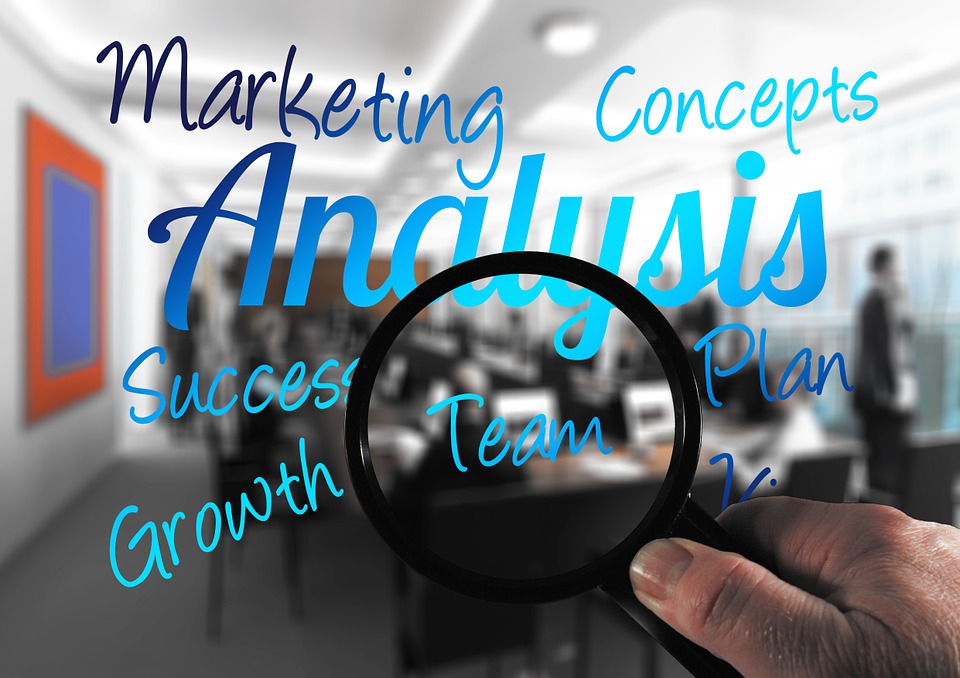STEPS BEFORE STARTING OF COOPERATION
Since every client who addresses us has specific needs and requirements, our approach to each customer is based on maximum individuality.
I. During the primary analysis, we must first of all answer the following questions:
1. What is your position, in relation to the development (developer - for own use, developer - for customer, customer)?
2. Are you interested in one-time (single project) or long-term cooperation?
3. What is your current stage of development?
4. Detail information about development (methods, projects, stages, deadlines,…)?
5. What is your idea about testing (what do you want to test, how do you want to test, what do you expect from testing, what types of tests do you require, what frequency of testing are you looking for,…)?
6. How much time, money and staffing capacity are you willing to dedicate to:
- testing and investigation of found bugs and change requests?
- fixing bugs?
- implementation of change requests?
II. Depending on the input questions answered together, we will find the most appropriate solution for the penetration of your ideas and / or needs and our services and experiences.
III. After signing of contract about provision of outsourcing services in the field of testing, immediately, or at an agreed date, we begin with mutual cooperation, which will primarily focused on:
1. setting up the most efficient, rational and cost-effective quality testing process,
2. aligning the development cycle with product testing;
3. Ensuring the immediate analysis of errors and deficiencies found by analysts;
4. ensuring sufficient free staffing capacity to correct errors and implement changes;
5. maintaining a balance between the pace and the extent of development and testing;
6. creating a test environment (separate from the development environment);
7. selecting, creating or modifying existing analysis tools for the purpose of error testing and reporting;
8. assessment:
- the content and scope of existing product specifications,
- the content and scope of the product user manuals,
- errors found so far,
- most frequently made changes,
- existence of test data.

